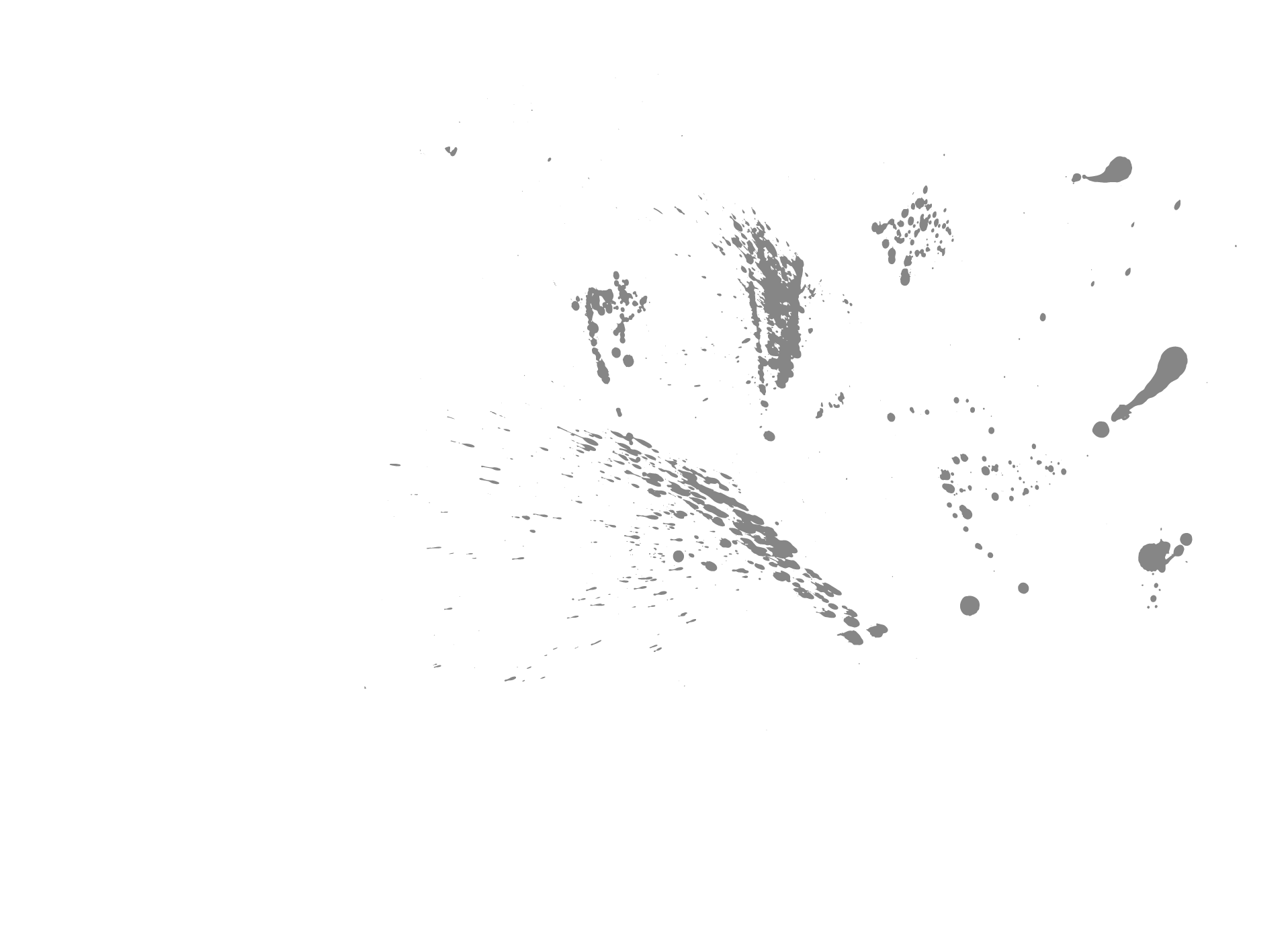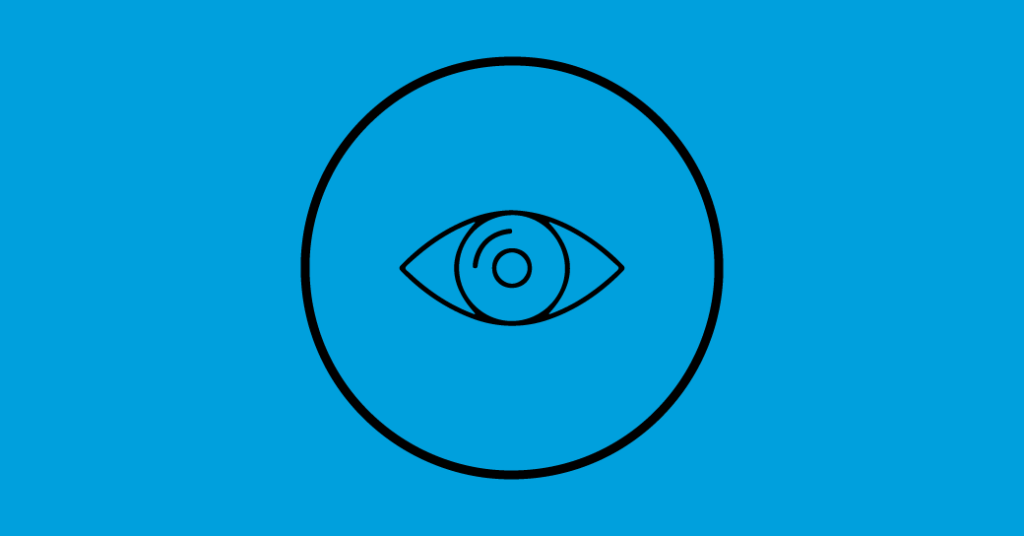Who invented contact lenses?
"Throughout the ages, a wide range of ideas have been considered to improve eyesight."
Since Jesus Christ and his saliva, through the ages, many ideas have been considered to improve eyesight. If Leonardo da Vinci or René Descartes had thought of it, it is to the German physiologist Adolf Eugene Fick that we owe the first portable prototype of contact lenses.
"There is no question of the Florentine thinking he is God and giving back his sight."
Once again, we can find an idea close to the invention that concerns us in the writings of the greatest inventor of all time. But if in 1508, in his codex of the eye, Leonardo da Vinci refers to an ocular lens, he wanted above all to study the mechanisms of accommodation of the eye. There is no question of the Florentine playing God and giving up his sight.
A century and a half later, René Descartes, the physicist and father of the modern philosophy, I think, therefore I am, had his finger in the eye with a concept of a glass tube filled with liquid and placed directly in contact with the cornea. Fortunately for us, his idea was not feasible. It would have been impossible to sleep (all day).
In 1887, the German ophthalmologist Adolf Eugene Fick was the first to make and assemble a portable prototype. First tested on rabbits, these large and heavy blown glass lenses were very uncomfortable and could only be worn for a few hours.
It was not until the 1930s that myopes, astigmatism and other presbyopes enjoyed a little more comfort. Thanks to the invention of polymethylmethacrylate, better known as Plexiglas, the optometrist William Feinbloom proposed the first plastic lens in 1936. However, the lack of oxygen transmitted through the lens to the cornea could cause some clinical problems. Between 1970 and 1990, rigid lenses were gradually improved to make them completely permeable to oxygen. Finally, you can see more clearly, without embarrassment, and in the blink of an eye.


